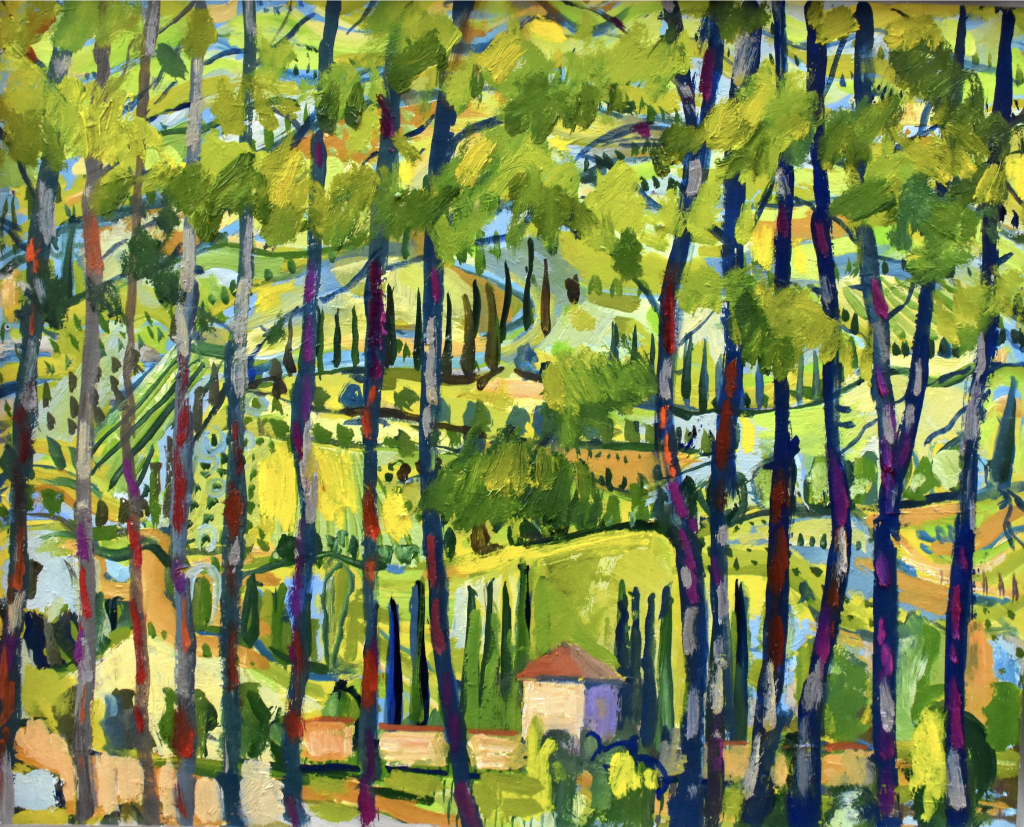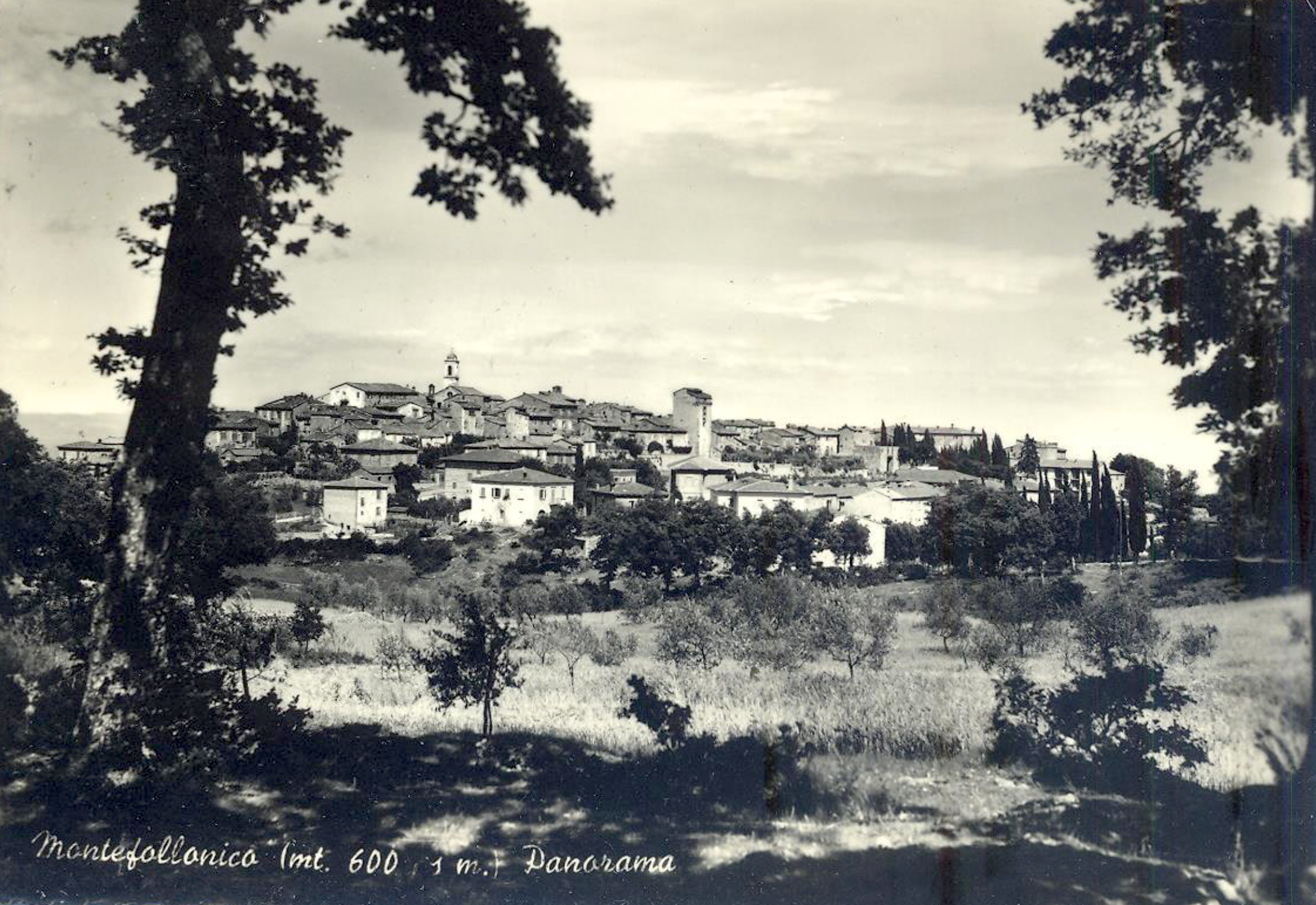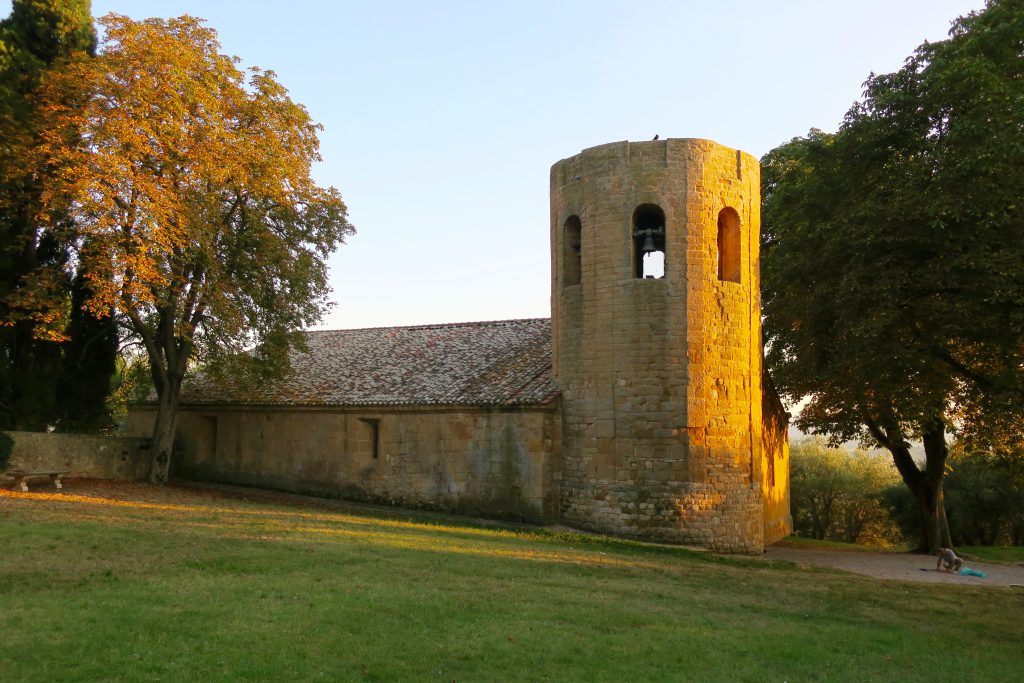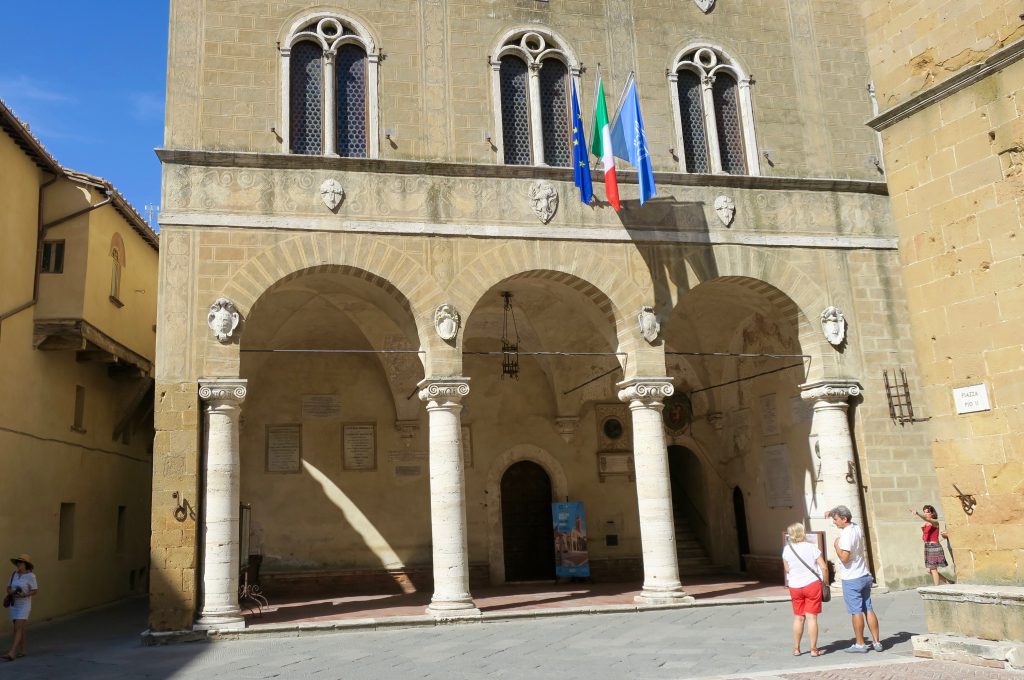Through The Trees
My primary interest in painting for the last 40 years has been how to depict and respond to a range of landscapes. Before I can begin to think about painting a place, there has to be a specific reason to do so, and the place must have a particular resonance with me. My recent work can be divided up into three groups: paintings of Tuscany and Umbria, paintings of Andalucía and paintings of the Thames Estuary around the RSPB reserve at Rainham Marsh, not too far from my home. Continue reading “What Is Paintable?”








